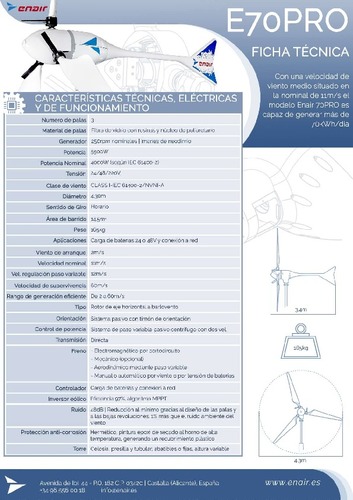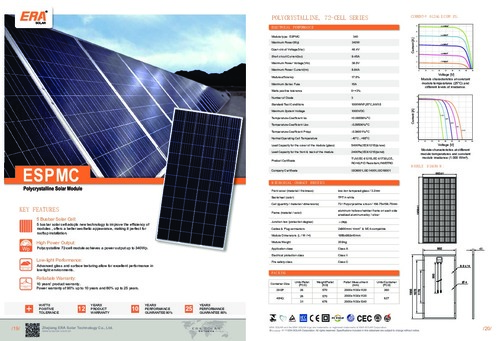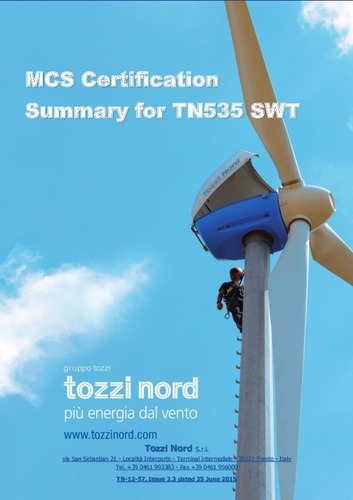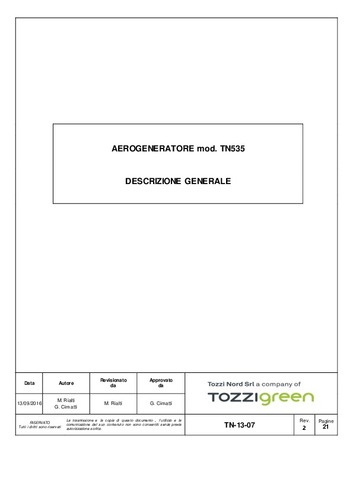Mostra el registre d'ítem simple
Aplicació d'una microxarxa en zona rural
| dc.contributor | Cuadras Tomàs, Àngel |
| dc.contributor.author | Romero Martin, Dioni |
| dc.contributor.other | Universitat Politècnica de Catalunya. Departament d'Enginyeria Electrònica |
| dc.date.accessioned | 2021-05-07T11:30:22Z |
| dc.date.available | 2021-05-07T11:30:22Z |
| dc.date.issued | 2021-02-01 |
| dc.identifier.uri | http://hdl.handle.net/2117/345301 |
| dc.description.abstract | Aquest projecte estudia la possibilitat d’abastir a un poblat rural amb energies renovables i prescindir de la dependència de la xarxa elèctrica. Partint dels recursos renovables disponibles a la zona, es dimensionarà un camp de producció elèctrica per tal d’abastir la demanda del poblat, prèviament s’haurà estudiat l’eficiència energètica dels habitatges i s’aplicaran les mesures necessàries per tal de reduir el consum total i lespèrdues energètiques.L’aplicació de la microxarxa requereix el canvi dels sistemes de climatització per combustió de gasoil per sistemes de bombes de calor elèctriques que escalfaran els habitatges mitjançant l’ús de l’aerotèrmia. Per altra banda, s’hauran de canviar els hàbits de consum dels usuaris per tal d’adaptar-se a un sistema basat en principalment en la generació d’energia solarfotovoltaica.La producció d’energia està composta per un mix energètic d’energia solar tèrmica(0,74%), solar fotovoltaica(85,81%),eòlica(7,18%)i aerotèrmia (6,27%), que en conjunt podran abastir la demanda anual del poblat eliminant totalment la dependència de la xarxa elèctrica. No obstant, el fet de dimensionar la microxarxa per poder abastir el poblat d’energia durant tot l’any genera un excés de producció anual del 61%, el qual s’injectarà a la xarxa elèctrica.Els resultats de l’estudi mostren una viabilitat energètica positiva,però degut a l’alt cost d’inversió de les bateries elèctriques i del seu temps de vida limitat, s’obté un temps d’amortització de la inversió de 26 anys, que suposa un valor molt superior a l’ideal. |
| dc.description.abstract | This project studies the possibility of supplying a rural village with renewable energies and reducing the dependence of the electricalgrid. Based on the renewable resources available in the area, an electric production field will be sized in order to supply the demand of the installation, previously,the energy efficiency of all the buildingswillbe studied and the necessary measures will be applied in order to reduce the total consumption and energy losses.The application of the microgridrequires the change of air conditioning systems based on thecombustion of diesel by heat pump systems that will heat the homes through the use of aerothermalenergy. On the other hand, users' consumption habits must be changed in order to adapt to a system based primarily on the generation of photovoltaic solar energy.The energy production is composed of an energy mix of solar thermal energy (0.74%), solar photovoltaic (85.81%),wind power supply (7.18%)and aerothermal (6.27%), which together will be able to supply the annual demand for the settlement, fullyeliminating the dependence on the electricalgrid. However, the fact of sizing the microgridin order to supply the annual energy demandof the villagegenerates an annual overproduction of 61%, which will be injected into the electrical grid.The results of the study show a positive energy feasibility, but due to the high investment cost of electric batteries and their limited life time, theinvestment of the project willbe amortized in 26 years, which is a period of time that is not ideal. |
| dc.language.iso | cat |
| dc.publisher | Universitat Politècnica de Catalunya |
| dc.rights | Attribution-NonCommercial-NoDerivs 3.0 Spain |
| dc.rights.uri | http://creativecommons.org/licenses/by-nc-nd/3.0/es/ |
| dc.subject | Àrees temàtiques de la UPC::Energies |
| dc.subject.lcsh | Renewable energy sources |
| dc.subject.lcsh | Photovoltaic power generation |
| dc.subject.lcsh | Solar thermal energy |
| dc.subject.lcsh | Wind power |
| dc.subject.other | microxarxa |
| dc.subject.other | autoconsum |
| dc.subject.other | energies renovables. |
| dc.title | Aplicació d'una microxarxa en zona rural |
| dc.type | Bachelor thesis |
| dc.subject.lemac | Microxarxes |
| dc.subject.lemac | Autoconsum |
| dc.subject.lemac | Energies renovables |
| dc.subject.lemac | Energia solar fotovoltaica |
| dc.subject.lemac | Energia tèrmica solar |
| dc.subject.lemac | Energia eòlica |
| dc.subject.lemac | Població rural |
| dc.identifier.slug | PRISMA-157475 |
| dc.rights.access | Open Access |
| dc.date.updated | 2021-03-02T11:24:37Z |
| dc.audience.educationlevel | Grau |
| dc.audience.mediator | Escola d'Enginyeria de Barcelona Est |
| dc.audience.degree | GRAU EN ENGINYERIA DE L'ENERGIA (Pla 2009) |
| dc.description.sdg | Objectius de Desenvolupament Sostenible::7 - Energia Assequible i No Contaminant::7.2 - Per a 2030, augmentar substancialment el percentatge d’energia renovable en el conjunt de fonts d’energia |







